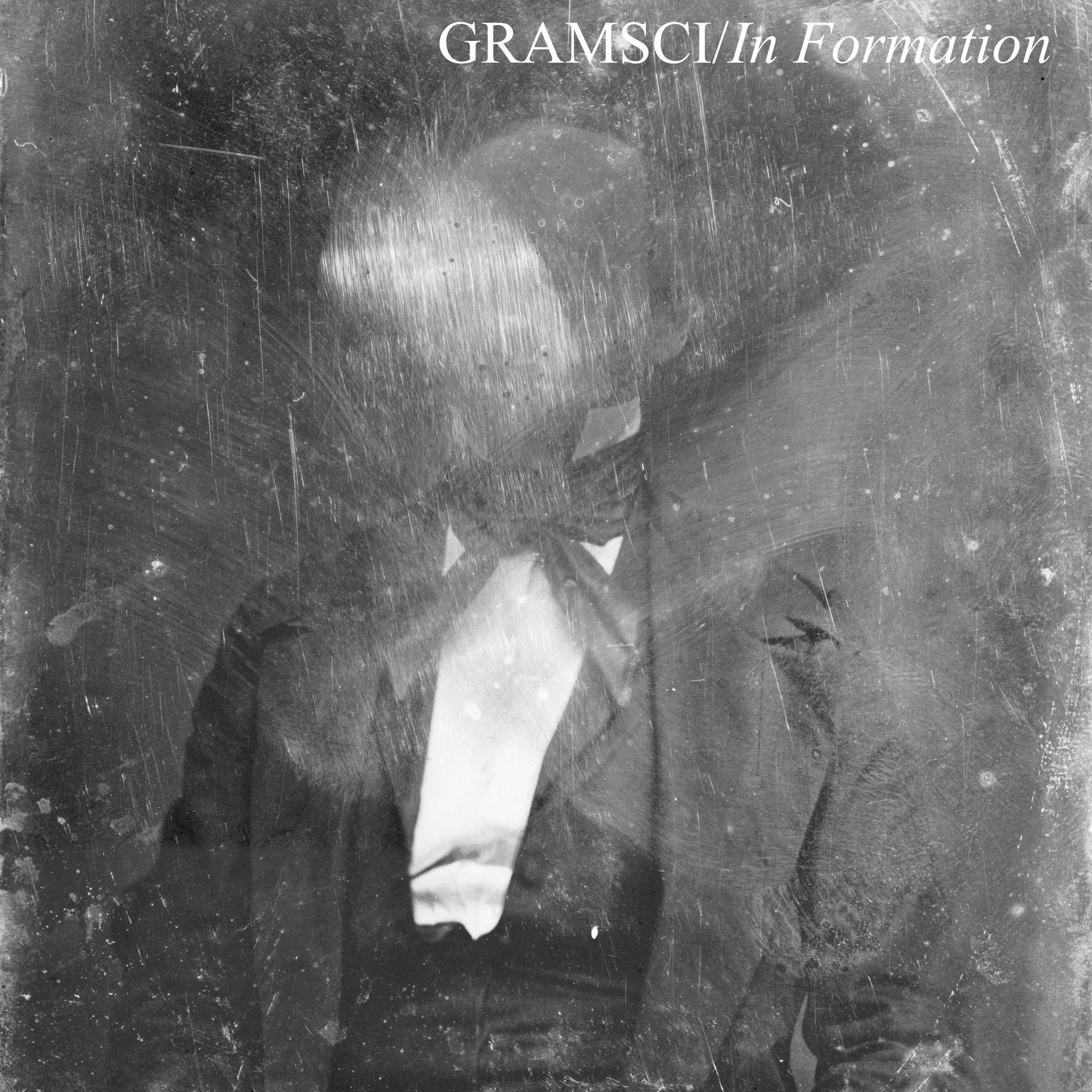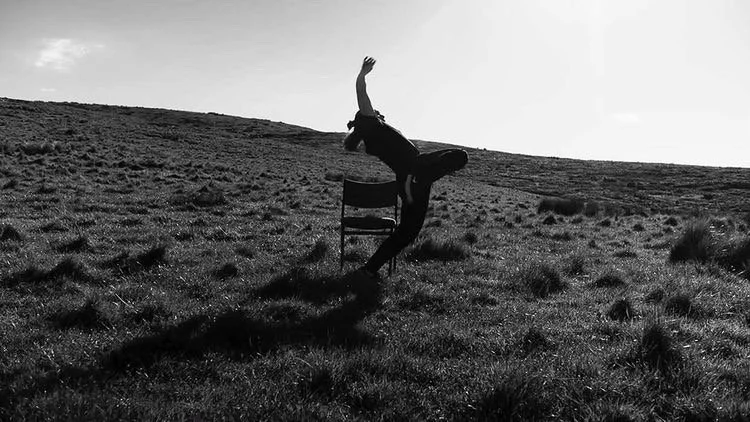Photographer Nick Paulsen and musician Paul McLaney (Gramsci/Impending Adorations) collaborated recently on press photography for the upcoming Gramsci album ‘The Hinterlands’ they also took the opportunity to discuss their individual artistic processes and identify the crossovers.
N: Is there any discomfort or apprehension on the idea of revealing oneself not just in music but in front of a camera lens? I know it can push the barrier for some artists? Often it's about a mutual collaboration to represent each other’s work so it’s more of a process rather than getting some quick snaps, much like a song, a strong image could resonate for some time rather than just come and go, what do you think?
P: I suppose that’s primarily about aesthetic alignment. It would be fair to say that over the course of the last decade I’ve attempted to approach that, visually, without actually being in the frame so to speak. That is, I have avoided having my picture taken! I’ve been engaged with the idea that music is something outside of the individual. With The Impending Adorations, it was the collision of antiquated imagery with the presentation of a style electronica that could only really happen now; the premise is that regardless of the technology employed its all fundamentally human experience - we are all still working on the same basic operating system we always have… love, hate, fear, anxiety, etc. But your question is thought-provoking to me because really at the heart of it is vulnerability. I’ve never had any issues with vulnerability within music, if anything that's what I’m drawn to as for me it is the hallmark of honesty. That and integrity. But in terms of putting myself in front of the lens, I’ve never been comfortable with it.
That said, I’m now at a point in my own personal journey where I recognise the strength and invitation to empathy that physically representing my artistry provides. ‘The Hinterlands’ album for me is the arrival of my true musical self and that arrival has been made by my 46-year-old self. All of my experiences, successes and failures, as a man, a son, brother, friend, husband, father, musician, collaborator have fed into this version of me and it makes sense to me, now finally, to front up and own this work and if that requires me to get over whatever hangovers and aspects of self-loathing that I carry around then so be it. This is my music, this is me.
We spoke initially about the idea of taking a photograph of the person and it seems to me, from our conversations, that you really like to interrogate that philosophical content with your subjects, rather than just find a cool location and snap off a few frames. Can you maybe expand on that part of your process?
N: My nature is to be rather quiet. I observe my surroundings and take time to understand a space. Before discovering photography I would often pick apart the daily meanderings that life can bring and in my case, I felt lost, constantly walking in circles, looking but never knowing what for. To go through the process of losing everything in many ways gives you an opportunity to press restart. A camera is much like a microphone or guitar. It’s a tool that enables you to create and for some reason like a switch I began to obsessively take images, thousands of them. Initially, when I began photography I had no technical knowledge but I quickly learned by creating and I began to articulate in images what I had been experiencing in my mind for so long. For me, to photograph is something sacred. A person isn’t a subject and there are so many unspoken words in this world. To connect and collaborate with someone is an understanding that you are both creating something. A great portrait isn’t a photographer's achievement alone. To capture a moment or an undercurrent of feeling that exists is an emotive process that envelopes everyone in that scene. I don’t tend to direct as much as allow something to take shape naturally. Often people can be surprised at what has been captured. They never thought they would be capable of feeling free to express their own vulnerability, fear, happiness, or love in such an open way.
The same can be said with music. I remember hearing your song ‘Icarus’ for the first time. It’s a track that resonates so strongly, often I wonder if as an artist are you aware of how your music resonates with others? Is it something you hope for? To have an effect on those listening? To almost feel the same as you did when you created it?
P: Thanks, that’s very kind of you. For me the key with any piece of music is empathy. Music without empathy is just noise. That piece of music in particular is me finally owning up to who I am as a musician and as such has a particular vulnerability. In my mind, I’m a guitarist who sings but I’m not sure that’s how what I do is perceived. The guitar is such an expressive instrument. I can’t think of another that is more capable of such idiosyncratic manipulation in the hands of an individual; there are so many players you can recognise instantly from their unique touch. With Icarus I was hoping to express something that was beyond words; verbal description could have come across as didactic. It’s like with Pink Floyd, I always say Roger Waters would tell you what he was feeling while Gilmour would just show you. If those emotions translate and connect then it’s a successful composition; I don’t think you can design it but you can hope to express it in performance. Music has been a safe harbour for me; reliable landscapes of melody, rhythm and harmony, emotion and expression. We moved around a lot when I was growing up so the music I fell in love with was where I could always escape to and explore every nook and cranny. I suppose that sort of experience fosters an ambition to hopefully provide the same escape and engagement for others. I think you know when you’ve got it - when it’s resonated. You must have the same thing when you recognise instinctively why one-shot is more resonant than another without intellectualising it too much/at all?
N: It’s actually really hard to know what will resonate with others. Every person feels something different. What one person may find significant, others may find obscure or meaningless. My most memorable moment I have had with my camera was when I was walking through Budapest late one night. I like to investigate and often put myself into environments when travelling that may feel foreboding or uneasy. Walking through an underpass, I came down some stairs that led into a small room which also had the exit to the street. It had this awful yellow hazy light and being summer it was hot and really claustrophobic. There was a feeling that something wasn't quite right and I turned and saw a homeless couple asleep in the corner. To be in that heat, car fumes blowing into the underpass, with all of their belongings scattered around them, I had invaded the only space that that couple had. They looked so uncomfortable and the scene was suffocating and desperately sad. I quickly took an image and headed to the exit. But I knew that I hadn’t captured the scene as it was. I had rushed out of respect but also because it made me feel conflicted. But the reason I wanted that photo was to feel the discomfort. So I went back and reframed it, the couple still attempting sleep. I walked out of there feeling like I had taken a strong image. I put that image up onto a photography community group as it was a good space to find constructive feedback and advice. I received so many negative comments that I had to turn Facebook off for a few days. The general feeling was that I had taken advantage of this couple and their privacy, that anyone can take a picture of homeless people without them knowing. But I did receive some positive feedback that found the picture as powerful as I did and supported me completely. The positive comments reinforced the very reason I am so passionate about photography. This picture was real, it wasn’t staged, with models and lights. It was a real situation with a very uncomfortable reality. The criticism came from the discomfort, not because I had necessarily done the wrong thing. To document and to be authentic was worth the critique and I knew I had broken a barrier. I have a determination to capture what I see and to not interfere with it as it may become something artificial.
I can see how that might align with songwriting? You can write a song, but to express the inspiration or tone of that song, do you have to stay in the space of the song to retain its authenticity?
P: Well, there are so many ways to write a song, generally of 3 methods for me: music first then lyrics, lyrics then music or both together. If it’s music first then it’s really harmonic preference I suppose and you are chasing something. If you are then adding lyrics the music is painting a picture you are trying to articulate so that there is a synergy and again you can sort of tell if you are hitting the mark. For a while, I got into writing the words first and then setting them as I’d enjoyed that formality when I was setting the Shakespeare texts for the ‘Play On’ album. It’s like trying to harmonically present the emotions outlined in the text. ‘The Old Traditions’ album with Raashi Malik was all written like that. It gives the text priority and you get to say exactly what it is you want to express and employ your musicality to embolden it. The new Gramsci album was written music first as if I was the lead singer and the band were giving me a format for expression - like Led Zep, etc. Bowie did that a lot with his collaborators too. I think that's because musically I knew I wanted a very particular aesthetic of post-punk guitars and skyscraper-sized solos - big music; intimate voice, the calm and the storm. So to answer your question: Yes, you try to find that songline, that emotional space, get your needle in the groove, and stay there for as long as possible!








